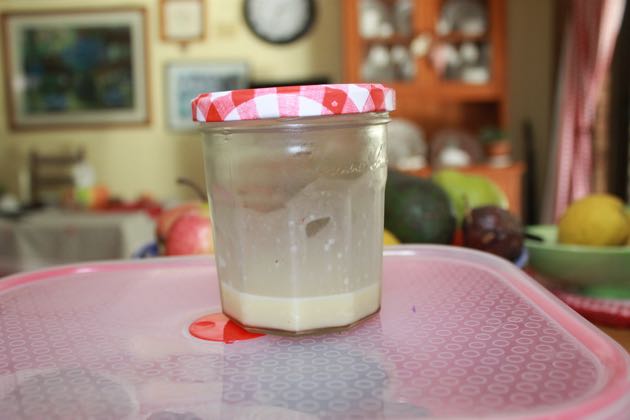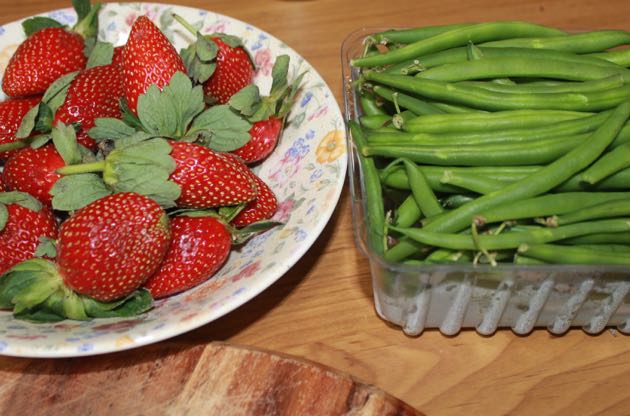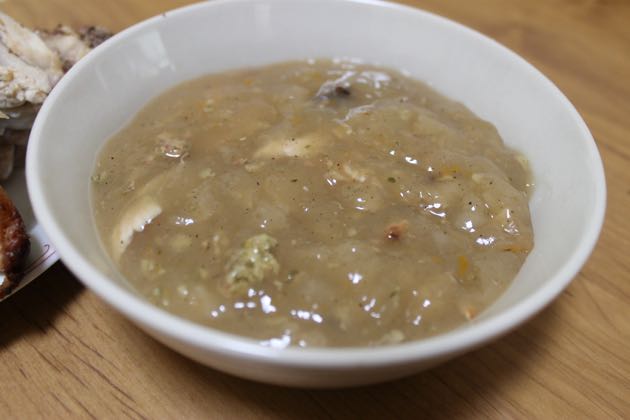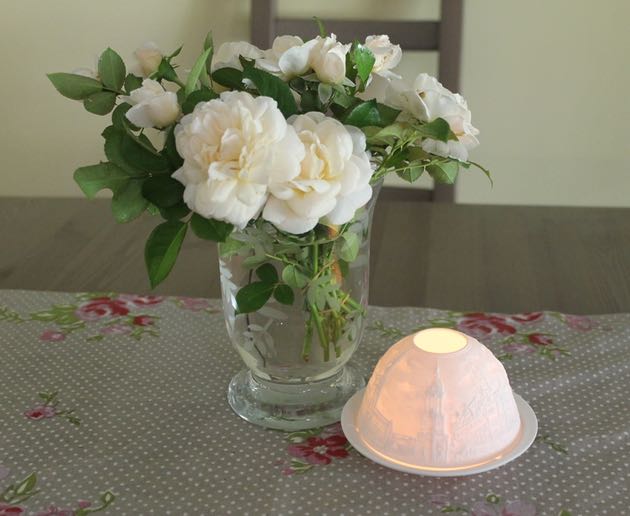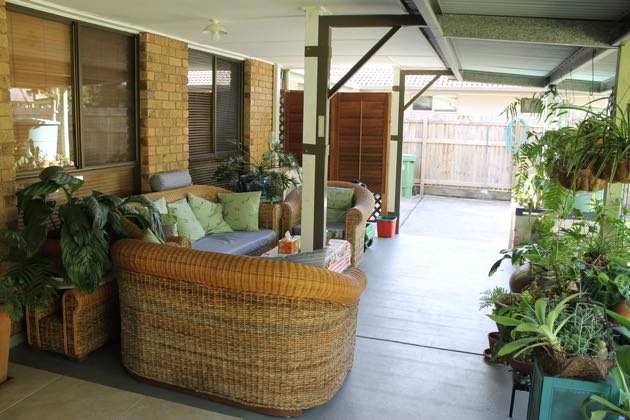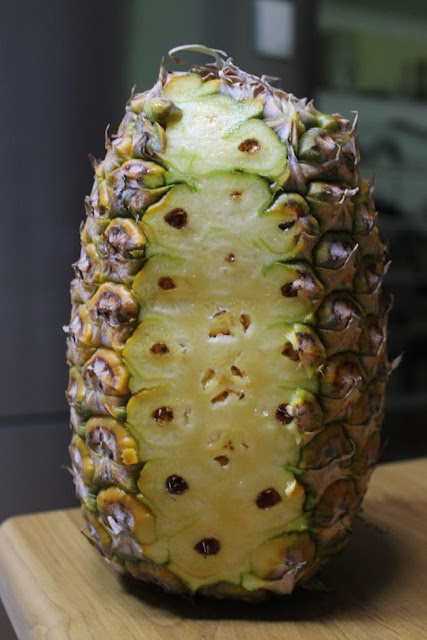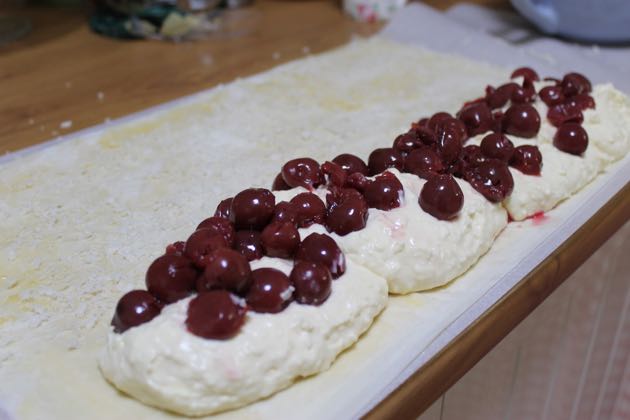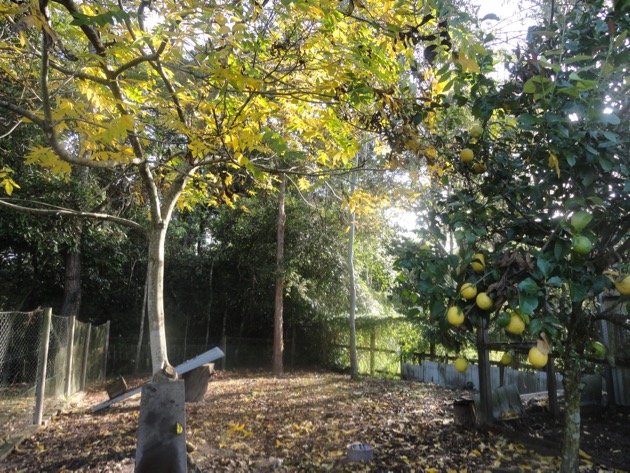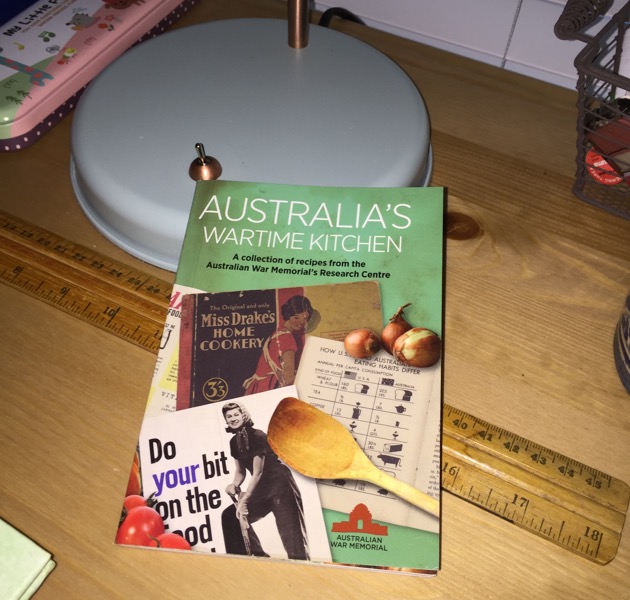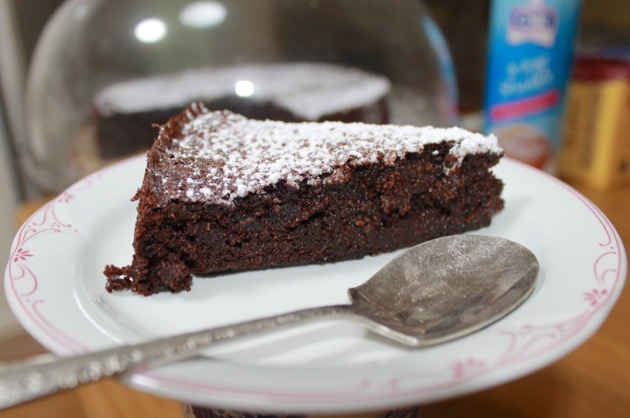At the risk of sounding ancient, which I'm close to, or old-fashioned, which I often am, I want to write about dripping today. I know! Scary stuff in these fat-free times. But a little bit of fat won't do you harm. All things in moderation, so the saying goes. Dripping is what we used to call the fat that rendered down off roasted meat. Dripping is beef or lamb fat and pork or bacon fat is called lard. Dripping and lard were a valuable ingredients in many pre-1970s homes. Most households had a dripping pot which was usually aluminium, pottery or an old china bowl. Most dripping pots had a lid and a well fitted strainer to collect bits and pieces from the cooking. These were discarded or kept in the fridge until the next stew.
Tricia and I never had it but our mother, father and grandmother all talked, with affection, of eating bread and dripping. It was quite common pre-world war 2 to use dripping instead of butter on bread. I have fond memories of my mother's dripping pot, usually full, sitting in a dark cupboard, although I think she would refrigerate it now. And although I've never eaten dripping on bread, I still use dripping in cooking and I hope I can get you to make up a little dripping pot to try it yourself.
This is a little dripping pot I've just started - it's an old jam jar used for preserving, so the glass is toughened. I'm on the lookout for a proper pot and when I find one at the second hand store, I'll grab it, give it a good scrubbing and use it for the dripping I save.
I only have a fraction of the dripping my mother collected. Meat is leaner now, we don't eat meat everyday and often I make a sauce with the dripping and don't collect it. But I do save the dripping from our roasts and also from bacon. I strain off the dripping through a strainer or sieve and store it in the fridge until it's needed. After you've saved dripping from a few roasts, you'll see a small dark layer under a lighter colour layer of fat on top. The dark layer is full of flavour but when I use the dripping, I dip the spoon right down the bottom and take some of the dark layer too. Although you can turn the pot on it's head until it's set and have the jelly layer on top.
Dripping can be used to cook roast vegetables or to make delicious gravy. Whatever it goes with it give a lovely flavour to because it has the concentrated flavour of the meat in it. If you brown your meat in dripping when you're making a casserole, it will add an extra level of flavour to the meal.
To make gravy, I take two tablespoons of dripping, add 1½ tablespoons of plain flour, salt, pepper and a small sprinkling of paprika (for colour). Stir the dripping and flour together over a medium heat and let it brown while you stir. When you reach a good rich brown colour, add enough water to make a gravy to the consistency you like.
To make gravy, I take two tablespoons of dripping, add 1½ tablespoons of plain flour, salt, pepper and a small sprinkling of paprika (for colour). Stir the dripping and flour together over a medium heat and let it brown while you stir. When you reach a good rich brown colour, add enough water to make a gravy to the consistency you like.
If you're raising your own beef or pork, you probably know more about rendering fat than I do and you're might be using it in your soap as well, I'd love to hear from you to know how you're processing that fat and what you're using it for. But if you have a small amount of dripping left when you cook and usually throw it out, try this and see if you like the extra ingredient and the ability to use as much of the animal as you can.

